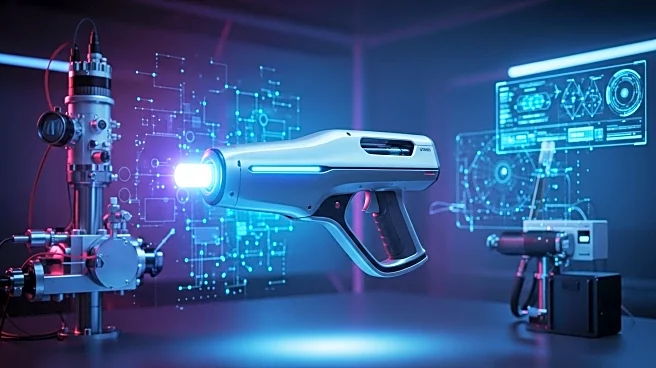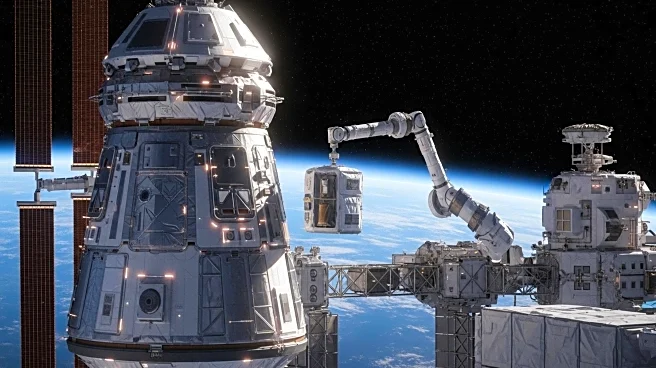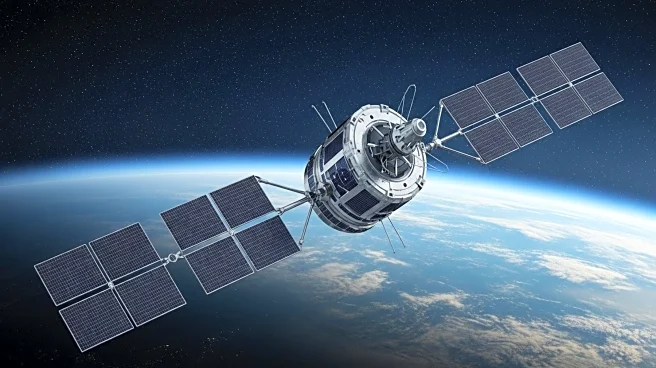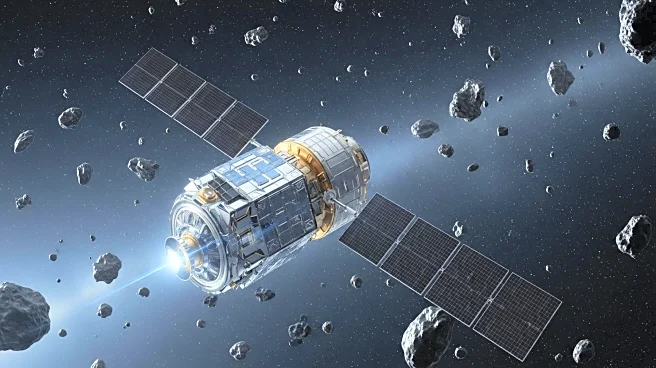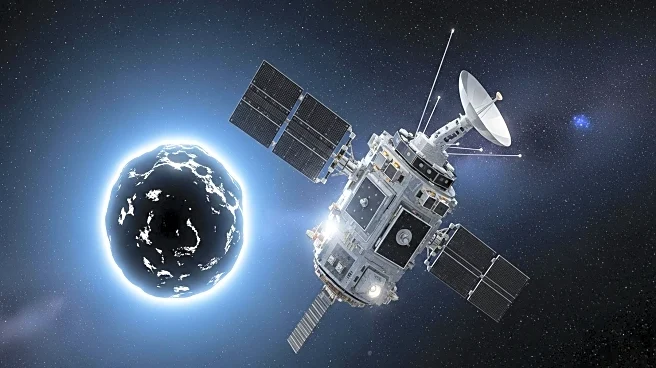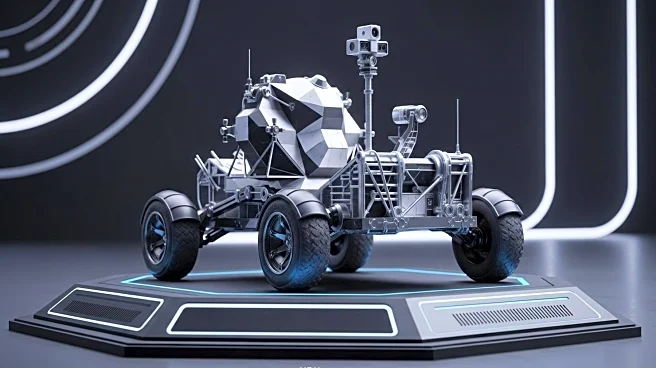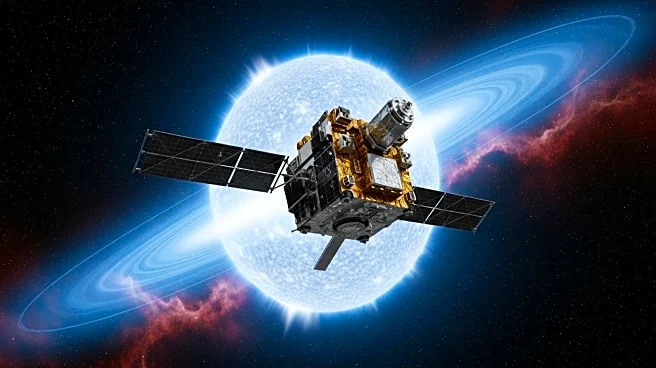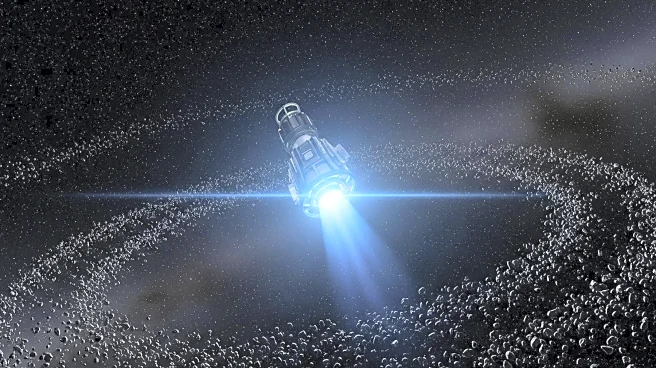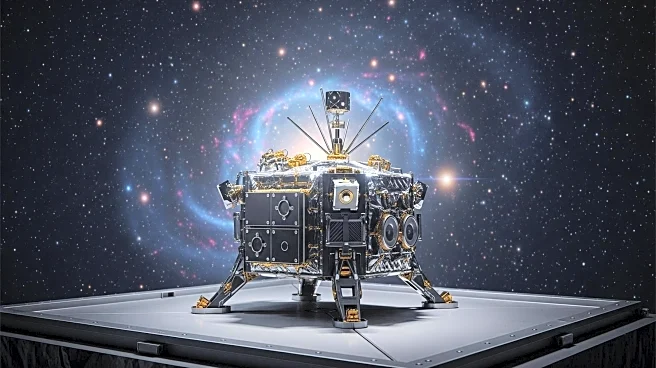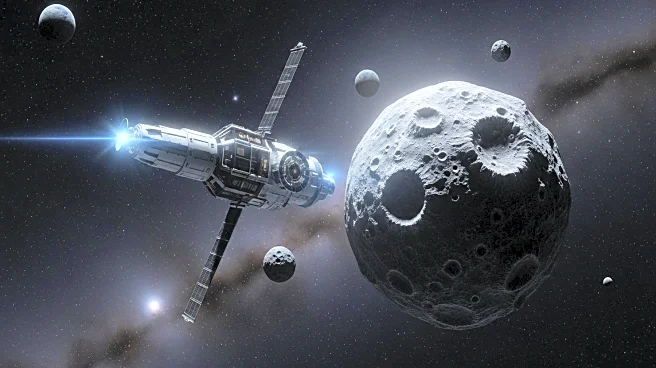What is the story about?
What's Happening?
Researchers at Tohoku University in Japan have unveiled a groundbreaking propulsion system designed to tackle the growing issue of space debris. The new technology, known as the bidirectional plasma ejection type electrodeless plasma thruster, offers a non-contact method for removing space junk. This system uses plasma streams to nudge debris into the atmosphere, where it can safely burn up. The innovation aims to prevent the Kessler syndrome, a scenario where space debris collisions create a cascade of further collisions, potentially rendering parts of Earth's orbit unusable. The propulsion system uses argon as a propellant, making it a cost-effective solution for large-scale deployment.
Why It's Important?
The development of this propulsion system is significant as it addresses the critical issue of space debris, which poses a threat to operational satellites and space-based services. By providing a sustainable solution, the technology could play a crucial role in ensuring the long-term viability of human activities in space. The use of argon as a propellant enhances the system's practicality, offering an economically viable option for widespread use. This innovation exemplifies the potential for cutting-edge science and engineering to solve complex challenges in space exploration.
What's Next?
As the system undergoes further testing, it could set a precedent for international cooperation in space debris management. The technology may be integrated into future satellite missions as a standard feature, contributing to the sustainability of space activities. The global community's reliance on satellite technology for communication and navigation underscores the urgency of effective debris management solutions.
AI Generated Content
Do you find this article useful?
